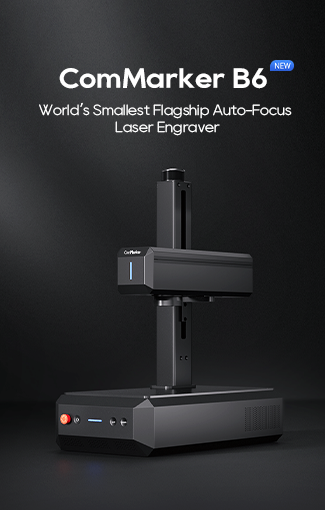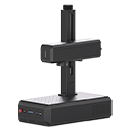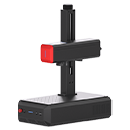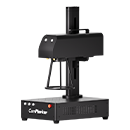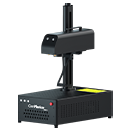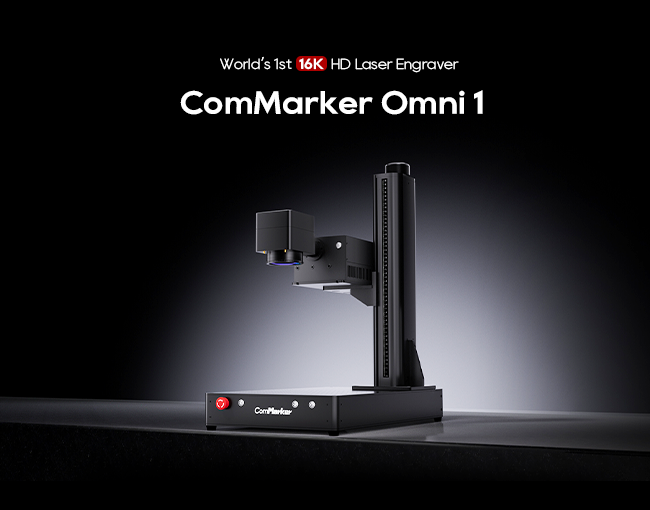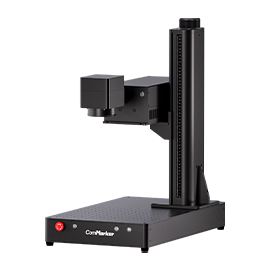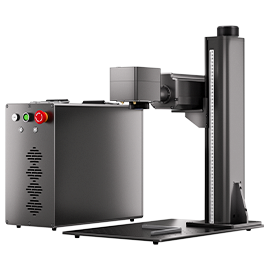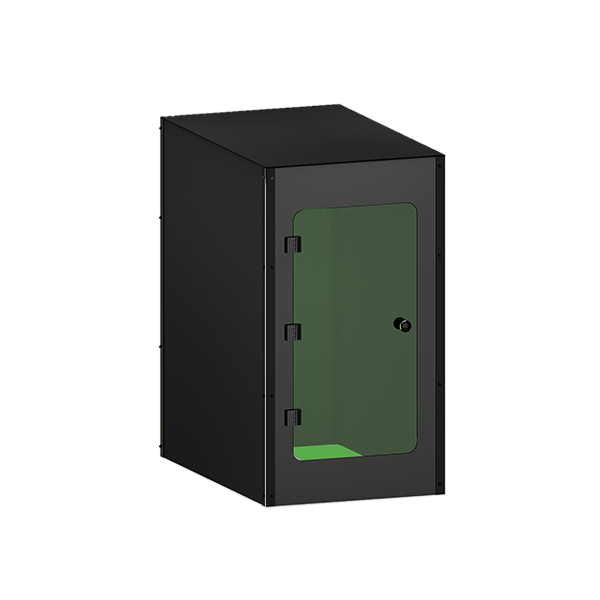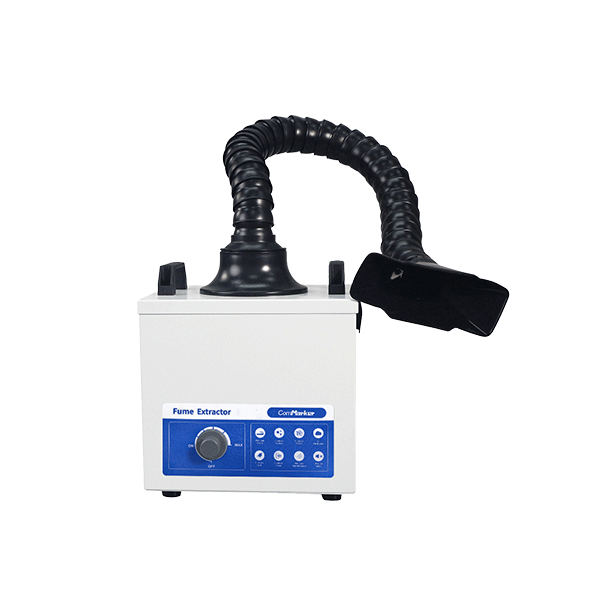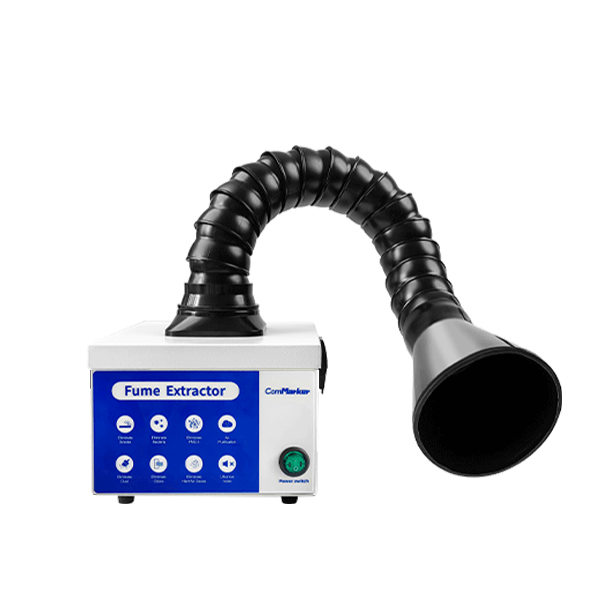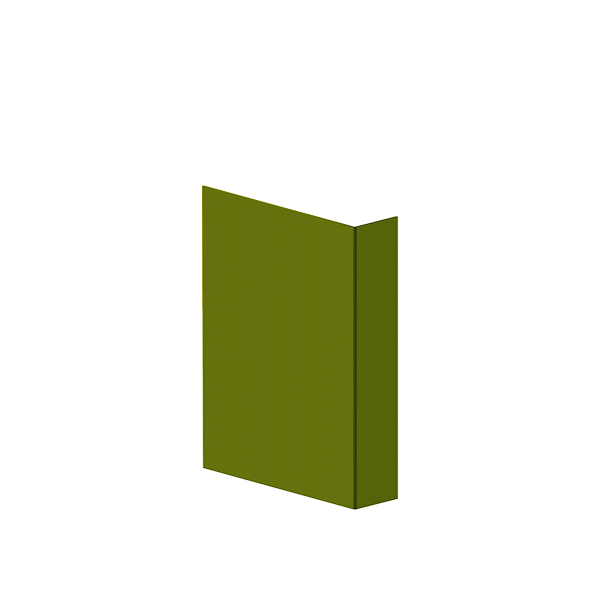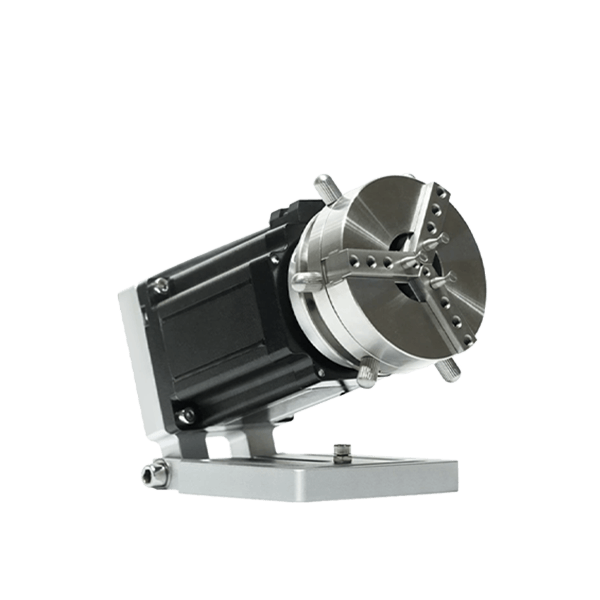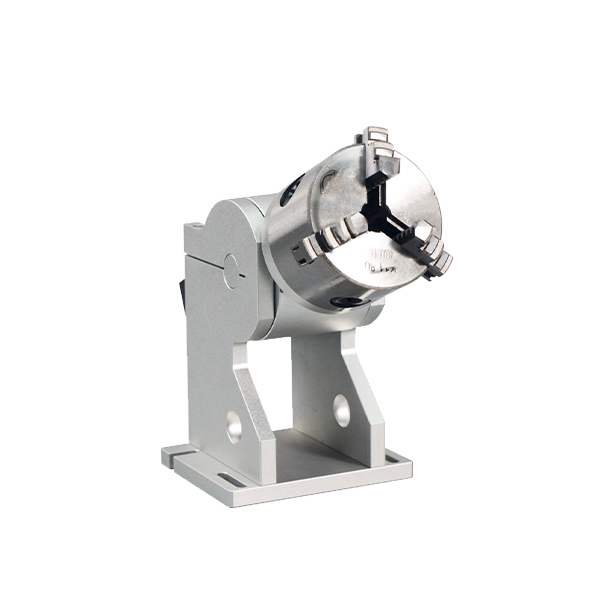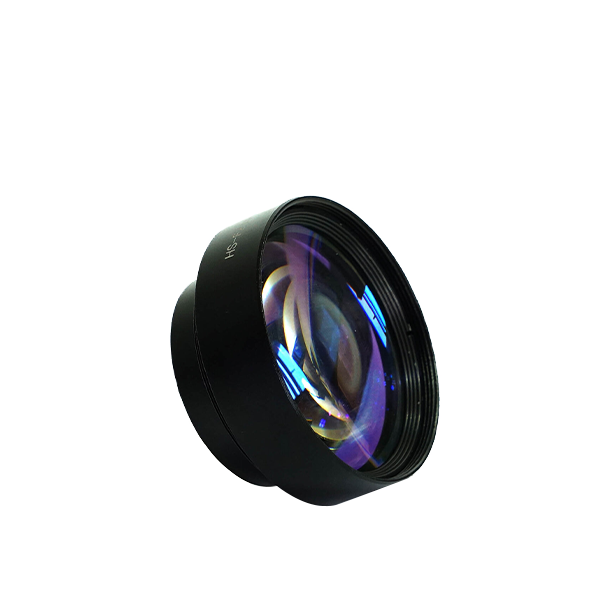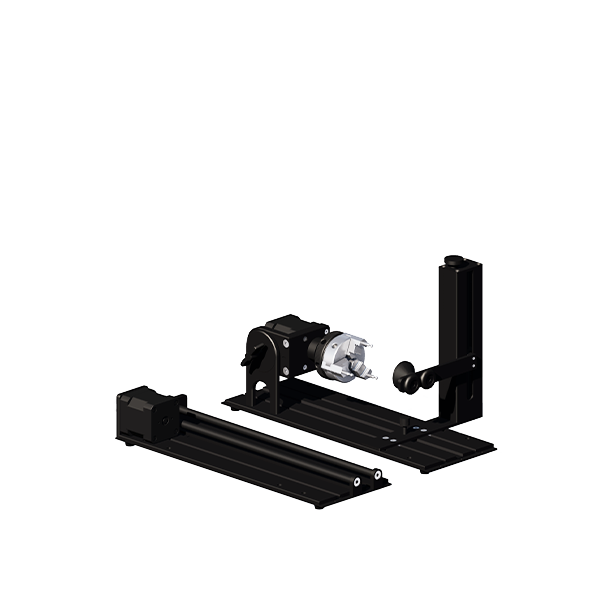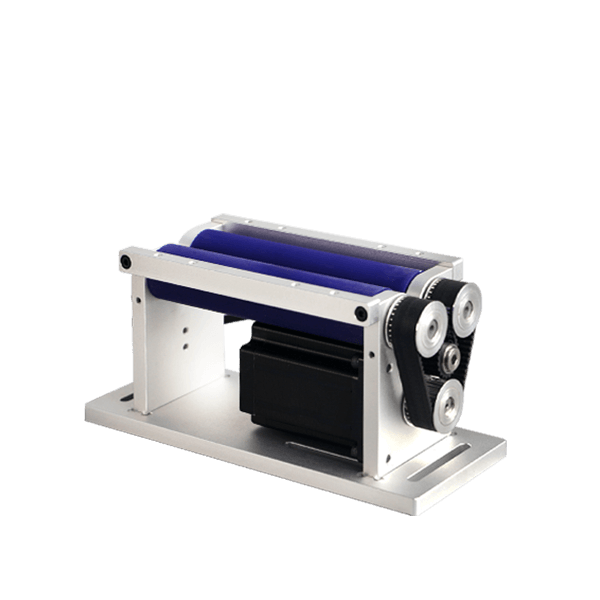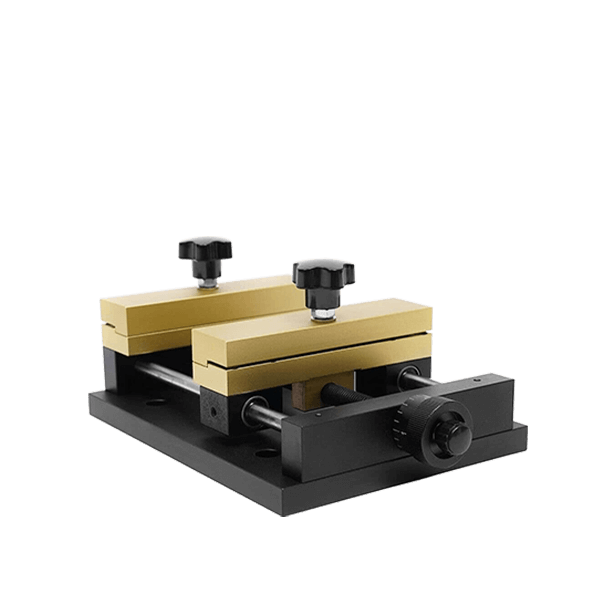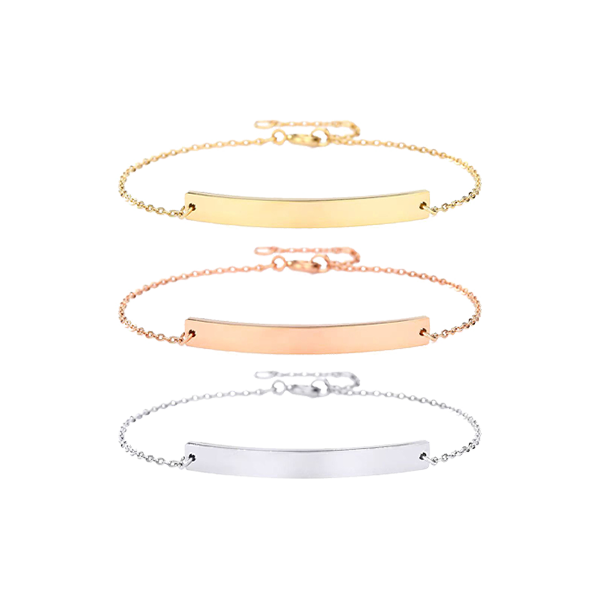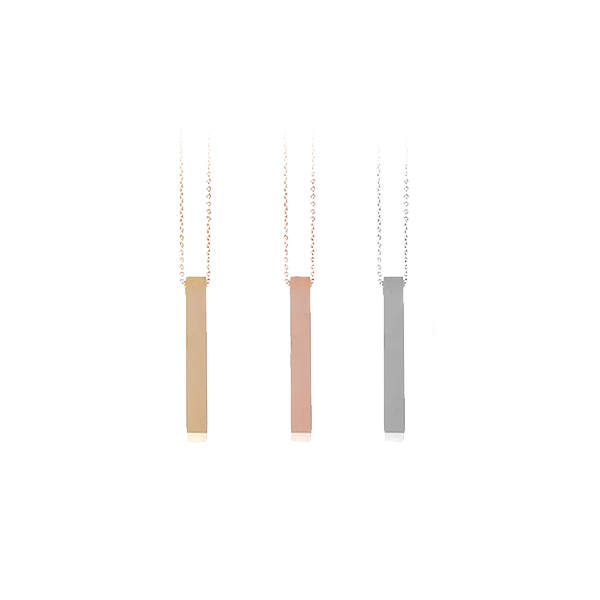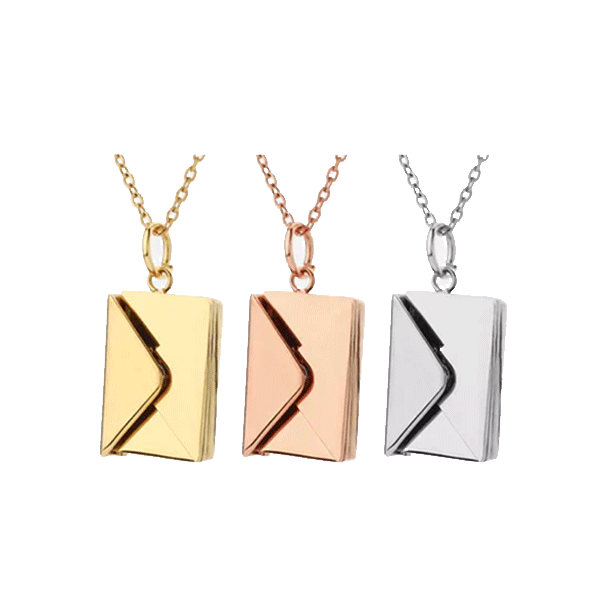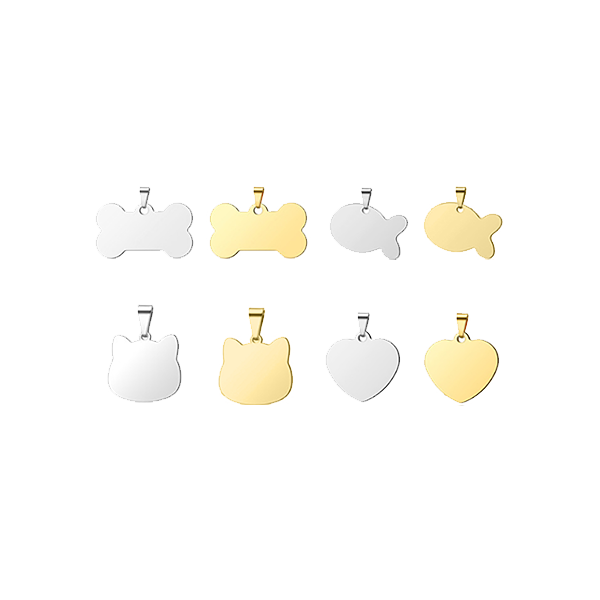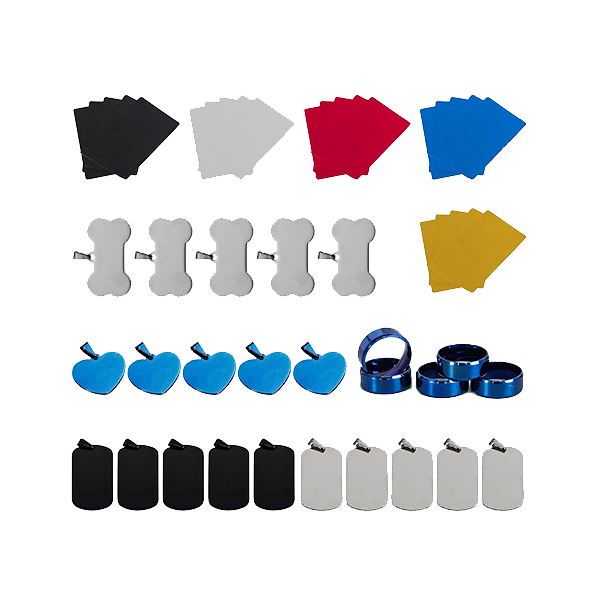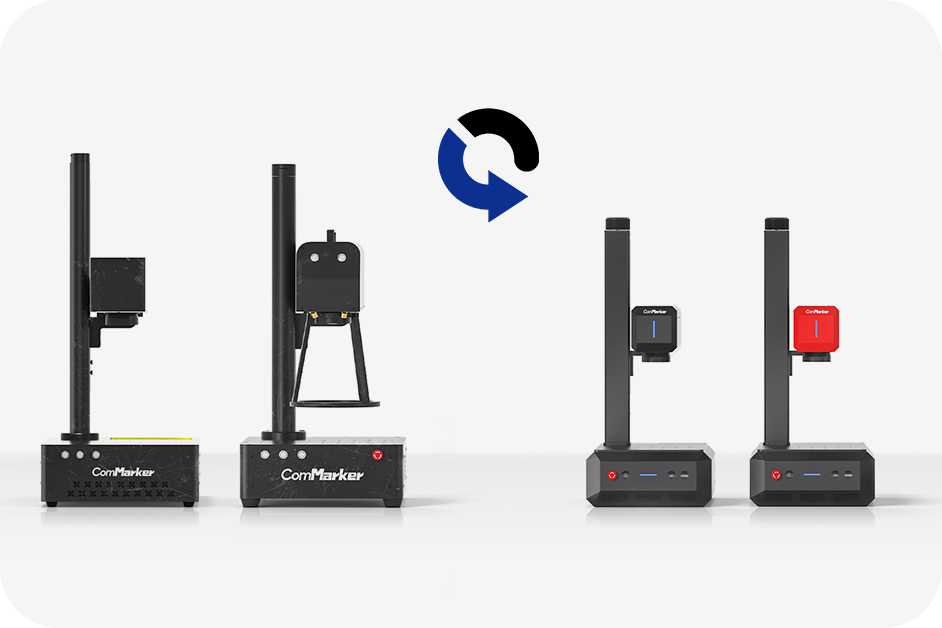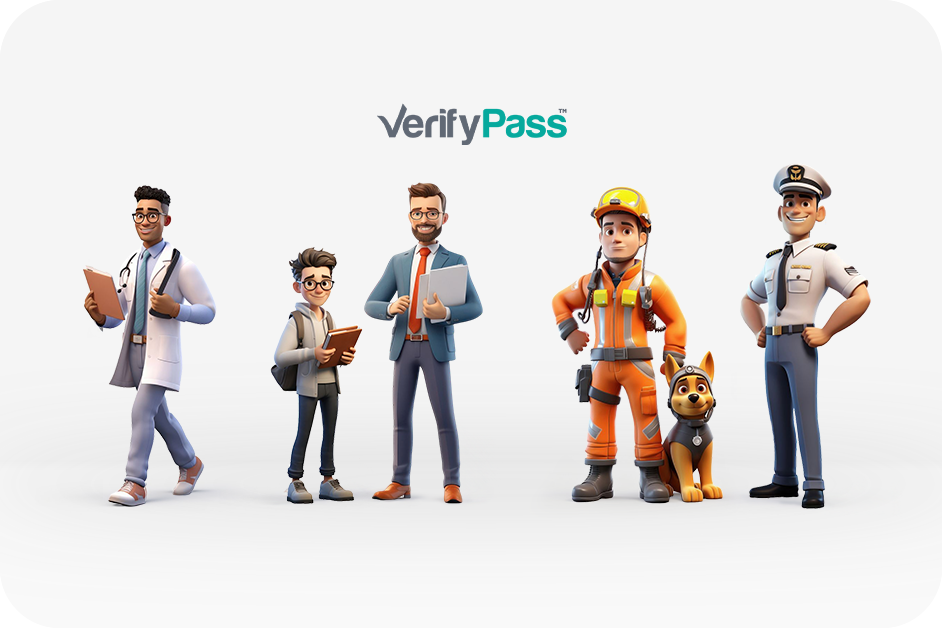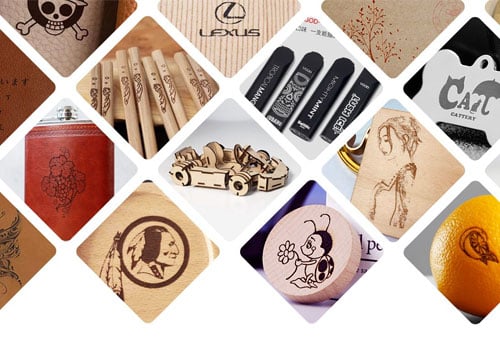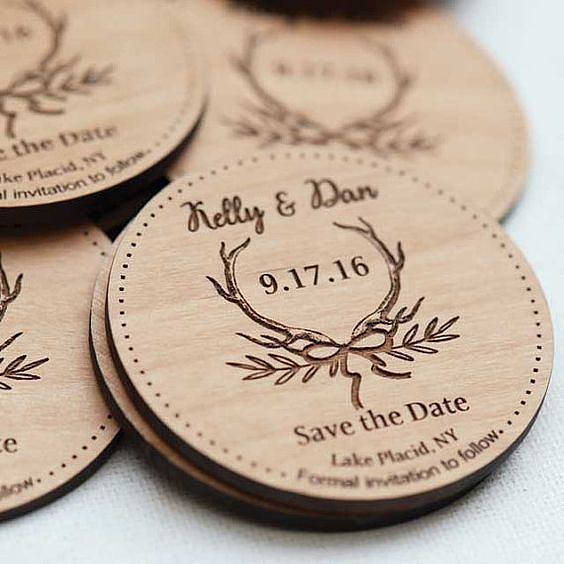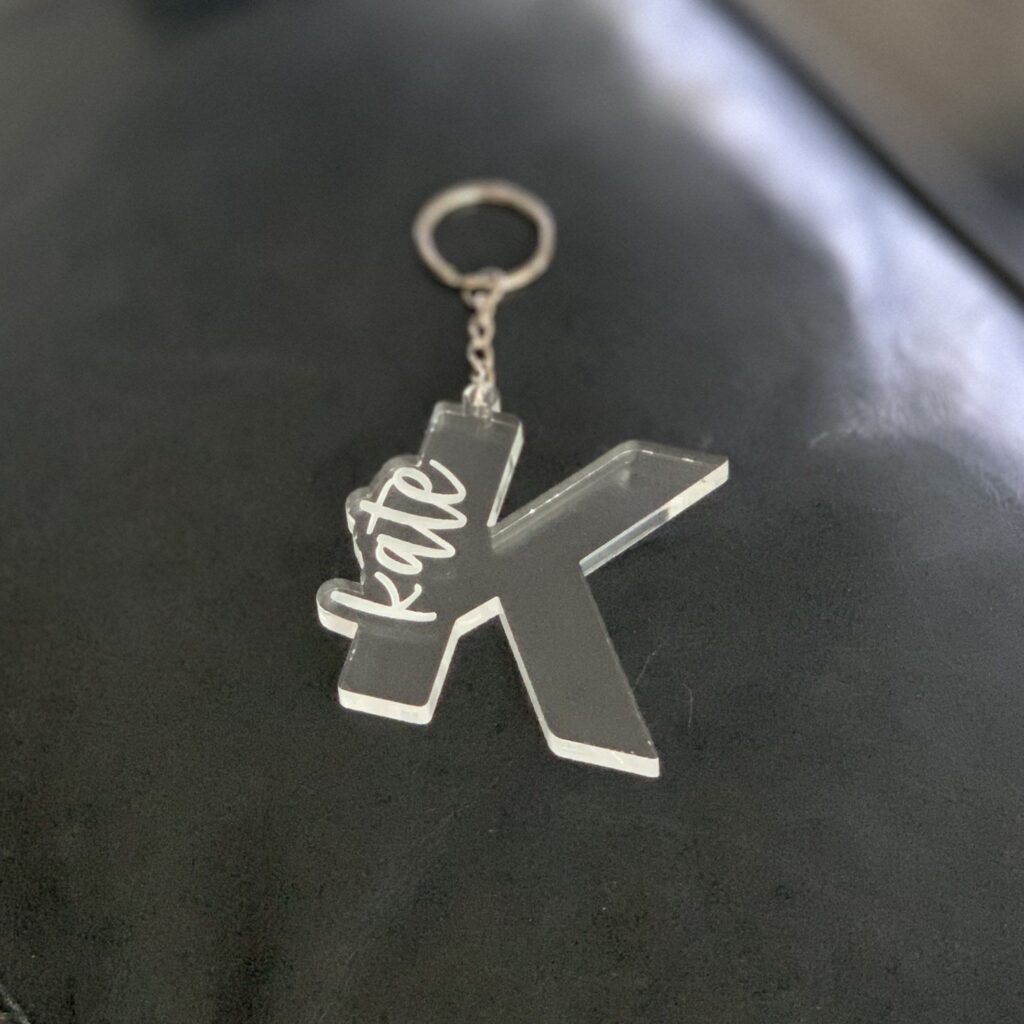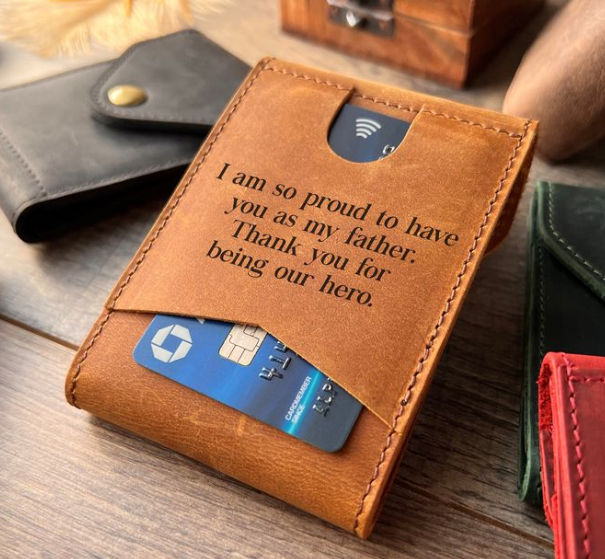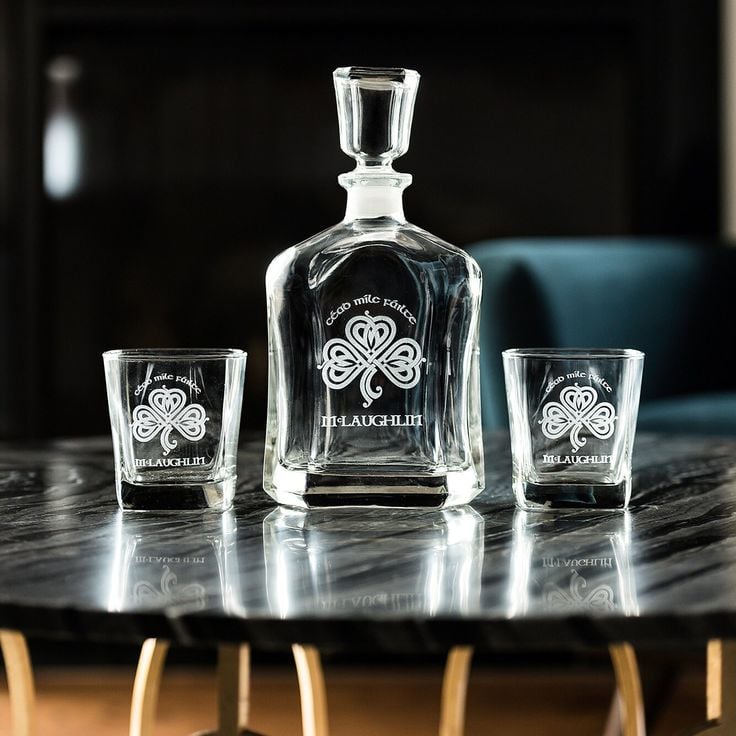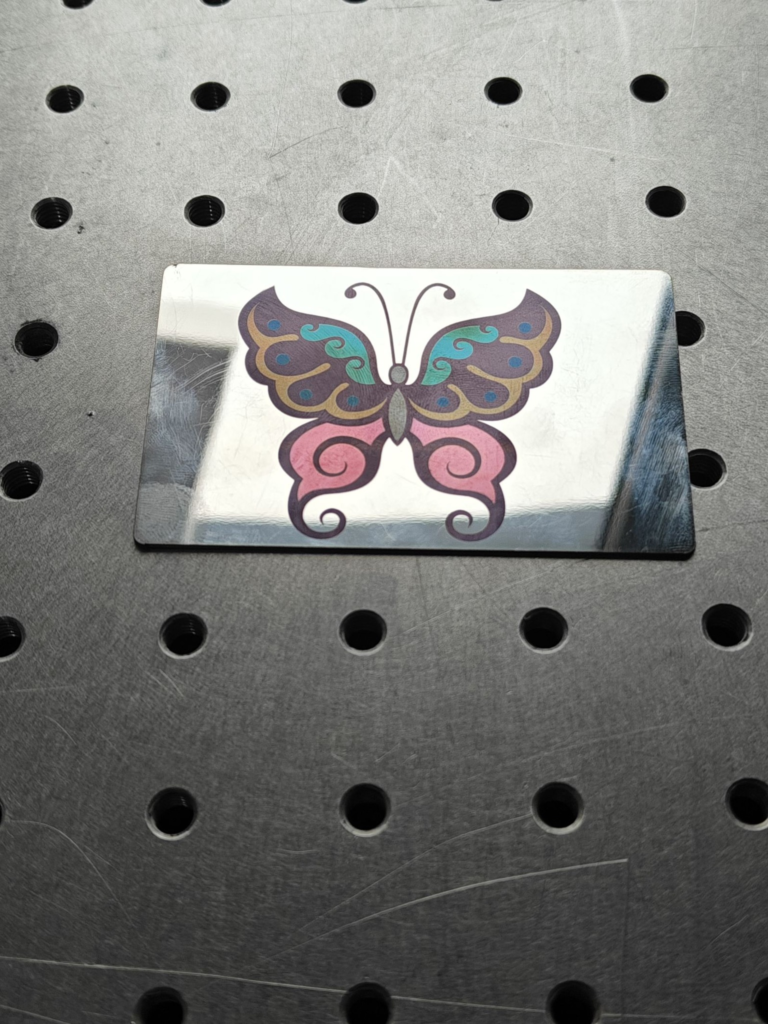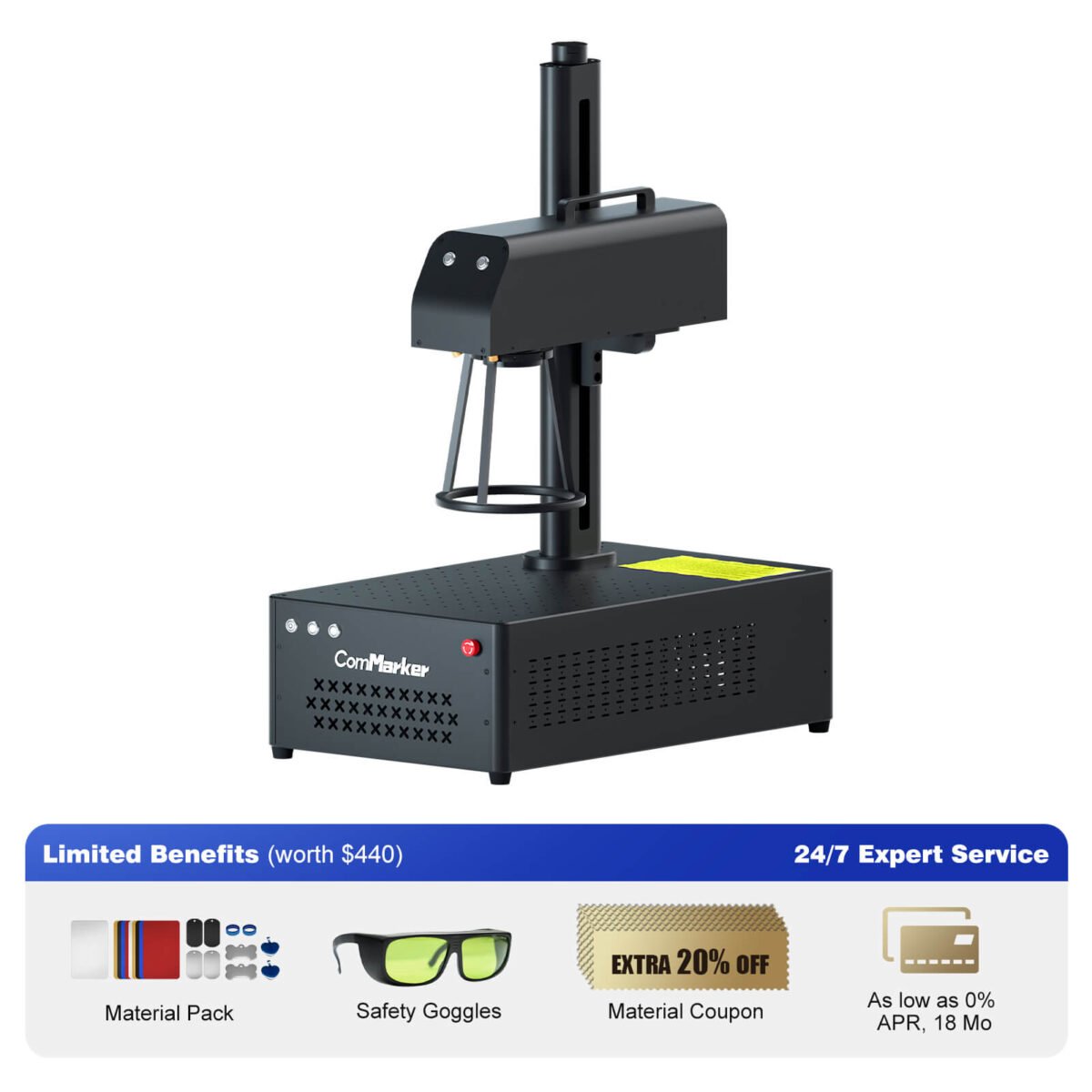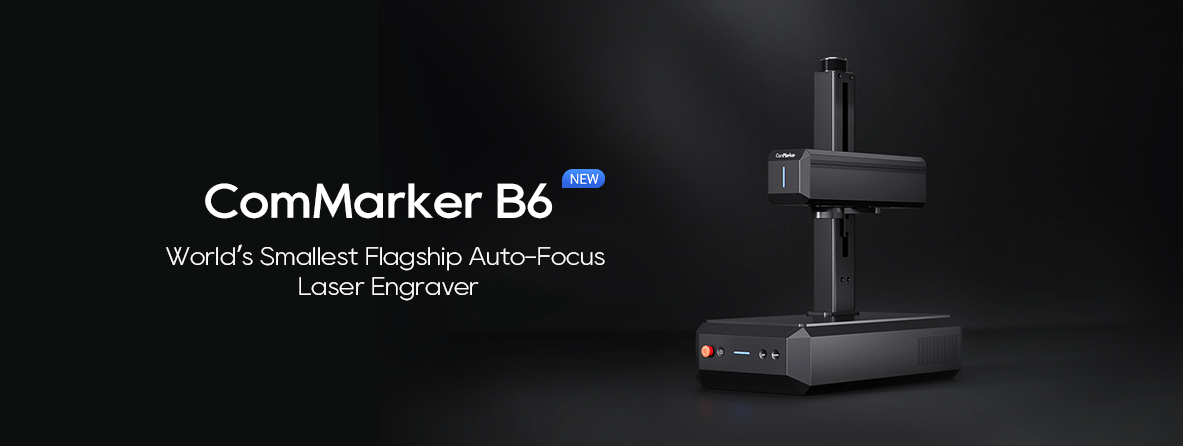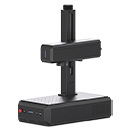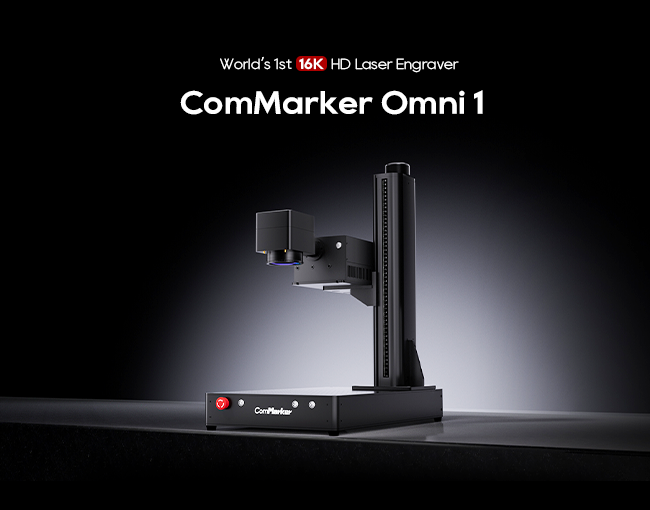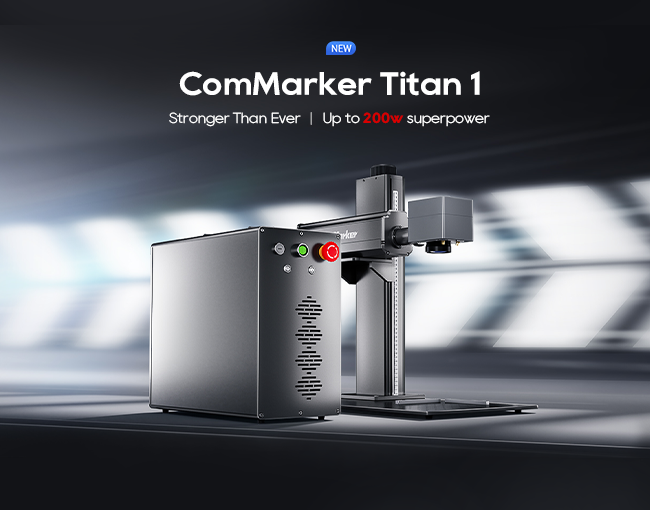Laser engraving is a versatile and precise method for creating intricate designs and patterns on various materials. Whether you’re working on personal projects, cadouri, or commercial items, knowing which materials are suitable for laser engraving can make all the difference. La ComMarker.com, we specialize in providing top-quality gravatoare cu laser that work perfectly with a wide range of materials. Here’s your go-to guide for the most popular materials to use with your laser engraving machine.
1. Wood for Laser Engraving
Lemn is one of the most popular materials for gravare cu laser. It offers a beautiful, natural finish and is perfect for both cutting and engraving detailed designs.
- Types of Wood: Alder, Cherry, Arţar, Birch, Plywood, MDF
- Aplicații: Customized signs, rame de poze, coasterele, obiecte decorative
2. Acrilic pentru gravare cu laser
Acril is a fantastic material for laser engraving due to its smooth surface and clarity. It comes in a variety of colors and can be used to create stunning, vibrant designs.
- Types of Acrylic: clar, colored, mirrored, frosted
- Aplicații: Semnalizare, premii, brelocuri, Bijuterii
3. Leather for Laser Engraving
Piele gravare adds a luxurious and personalized touch to items. It’s great for creating custom designs on both natural and synthetic leathers.
- Types of Leather: Genuine leather, faux leather, suede
- Aplicații: Wallets, curele, handbags, book covers
4. Glass for Laser Engraving
Engraving on sticlă produces an elegant, frosted look, making it perfect for decorative items and personalized gifts.
- Types of Glass: Float glass, tempered glass, stained glass
- Aplicații: Wine glasses, premii, ferestre, rame de poze
5. Metal for Laser Engraving
Certain metale can be laser engraved to create detailed designs, logos, sau text. Metals like anodized aluminum or coated metals are ideal for engraving.
- Types of Metal: Anodized aluminum, oţel inoxidabil, alamă, cupru
- Aplicații: Plaques, Bijuterii, piese industriale, carti de vizita
6. Hârtie & Cardboard for Laser Engraving
Paper and cardboard are often overlooked, but they are excellent materials for laser engraving. These materials allow for intricate cuts and engravings, ideal for custom cards or packaging.
- Types of Paper: Cardstock, corrugated cardboard, carton
- Aplicații: Greeting cards, ambalaj, carti de vizita, bookmarks

7. Fabric for Laser Engraving
Țesătură is another versatile material for laser engraving, suitable for creating custom patterns and designs on textiles.
- Types of Fabric: Cotton, denim, polyester, felt, mătase
- Aplicații: Clothing, saci, patches, home décor
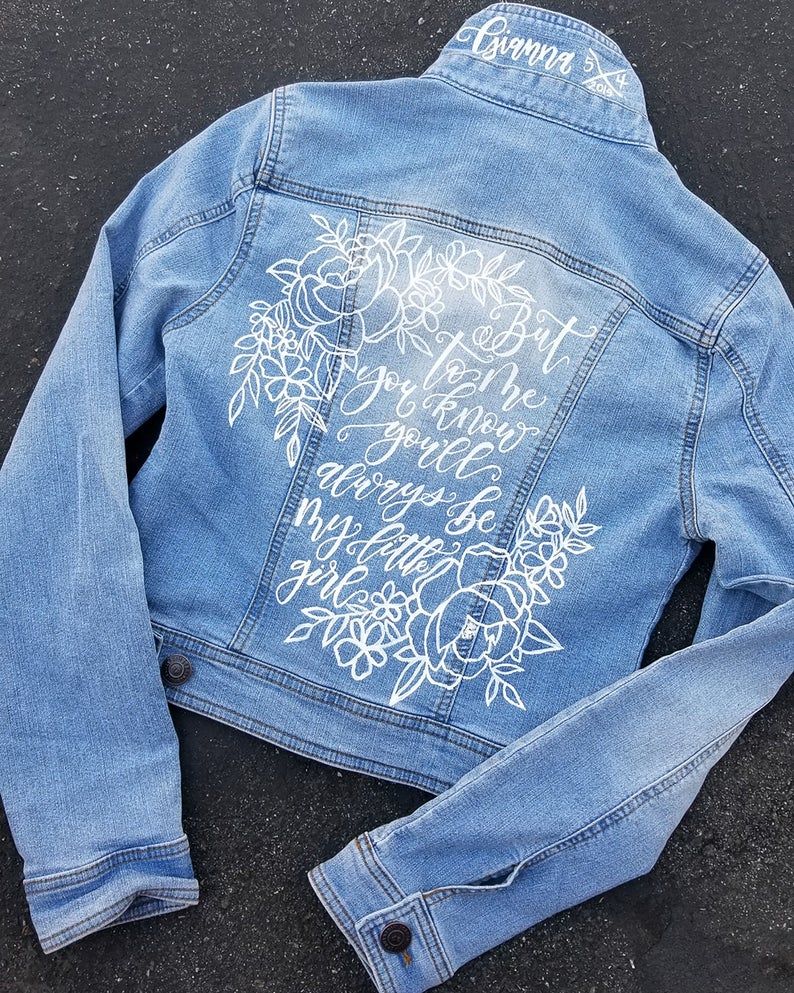
8. Stone for Laser Engraving
Piatră engraving offers a unique and permanent marking, ideal for creating lasting impressions on various stone materials.
- Types of Stone: Marmură, granit, ardezie
- Aplicații: Memorial plaques, garden stones, coasterele, trofee
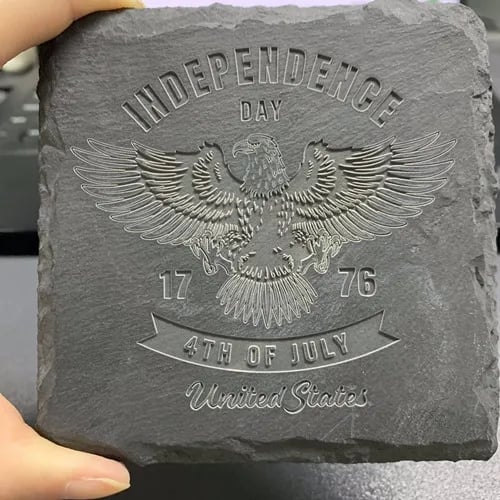
9. Plastic for Laser Engraving
Plastic is widely used in laser engraving, especially for creating durable, long-lasting products with intricate details.
- Types of Plastic: ABS, policarbonat, PVC, Delrin
- Aplicații: Labels, semne, electronic enclosures, brelocuri

10. Rubber for Laser Engraving
Cauciuc is primarily used for engraving custom stamps, but it’s also suitable for creating flexible and durable items.
- Types of Rubber: Natural rubber, silicone rubber
- Aplicații: Stamps, seals, gaskets, grips

Choosing the right material for your laser engraving projects is crucial to achieving the best results. With the extensive range of materials listed above, you can explore endless possibilities for your creative ideas. La ComMarker.com, we offer a selection of high-quality laser engravers designed to handle these materials with precision and ease.
What Materials Should Not Laser engraving?
Materials You Should Never Laser Engrave
Laser engraving is an amazing technology that can transform a wide range of materials into beautifully detailed works of art or functional items. in orice caz, not every material is safe or suitable for laser engraving. Some can damage your equipment, create toxic fumes, or simply don’t produce good results. Below is a guide to materials you should avoid when laser engraving.
1. PVC (Polyvinyl Chloride)
PVC is one of the most dangerous materials to engrave. When exposed to laser beams, PVC releases chlorine gas, which is highly toxic and corrosive. This gas can harm your health and cause significant damage to your laser engraver, corroding the metal parts and optics.
Avoid: Any materials containing PVC or vinyl.
2. ABS Plastic
ABS plastic tends to melt rather than vaporize cleanly when engraved, leaving a sticky residue. The fumes produced are also unpleasant and potentially harmful.
Alternative: Use acrylic, which engraves well and is safe for both you and your machine.
3. Polystyrene
Polystyrene is another plastic that doesn’t respond well to laser engraving. It melts easily, creating a mess, and is also highly flammable, posing a fire risk.
Alternative: Consider using safer plastics like acrylic or polycarbonate.
4. Fibră de sticlă
Fiberglass contains a mix of glass fibers and resins, which can emit toxic fumes and dust when engraved. These can be hazardous to both your health and your laser engraver’s components.
Avoid: Any material containing fiberglass.
5. Coated Carbon Fiber
Carbon fiber itself is laser-safe, but if it has a coating, engraving it can release harmful fumes. The coatings are often toxic when burned.
Check: Ensure the carbon fiber is uncoated before engraving.
6. Policarbonat
Polycarbonate is tough, but it doesn’t engrave well. It tends to melt, producing unsightly results and releasing potentially harmful fumes.
Alternative: Acrylic or PETG, which are more laser-friendly.
7. Any Material Containing Chlorine
Chlorine is a hazardous substance that should never be released into the air, which is exactly what happens when you engrave materials that contain it. This includes not just PVC, but some other plastics and treated materials.
Safety Tip: Always check the material composition before engraving.
8. Untreated Metals (for CO2 Lasers)
While fiber lasers are designed for metal engraving, CO2 lasers are not. Engraving untreated metals with a CO2 laser can cause the beam to reflect, potentially damaging the machine or causing injury.
Use Instead: Fiber lasers for metal or ensure the metal is properly coated or anodized.
9. Phenolic Resins
Phenolic resins are used in a variety of materials like circuit boards. Engraving them can produce highly toxic and corrosive fumes that are dangerous to both your health and your equipment.
Avoid: Materials with phenolic resins or similar compounds.
10. Food Items
While it might be tempting to engrave food for fun projects, many food items contain oils, sugars, and fats that can react poorly to laser engraving, creating a mess and potential health hazards.
Better Choice: If you must engrave food, ensure it’s safe and suitable for laser processing.
Gravoare laser cu fibră ComMarker B4 60W
Ridicare electrică: ComMarker B4-60W dispune de un sistem avansat, motor de ridicare ascuns. Super capacitate de tăiere: Laserul B4-60W taie metale cu grosimea de pana la 2 mm cu o precizie de 0,01 mm. Zona de lucru spatioasa: 110lentile duble mm și 200 mm, zona de marcare cu locatoare duble cu puncte roșii pentru calibrare și focalizare precisă. Compatibilitate largă: Gravați desene folosind software-ul LightBurn și EZCAD2. Portabil…




